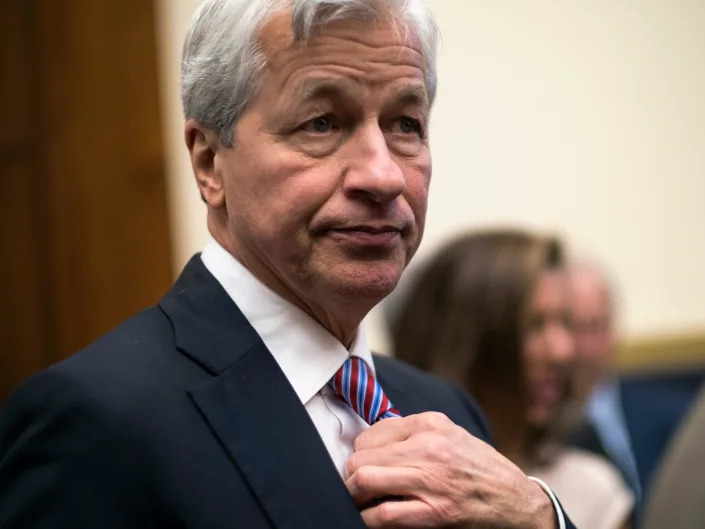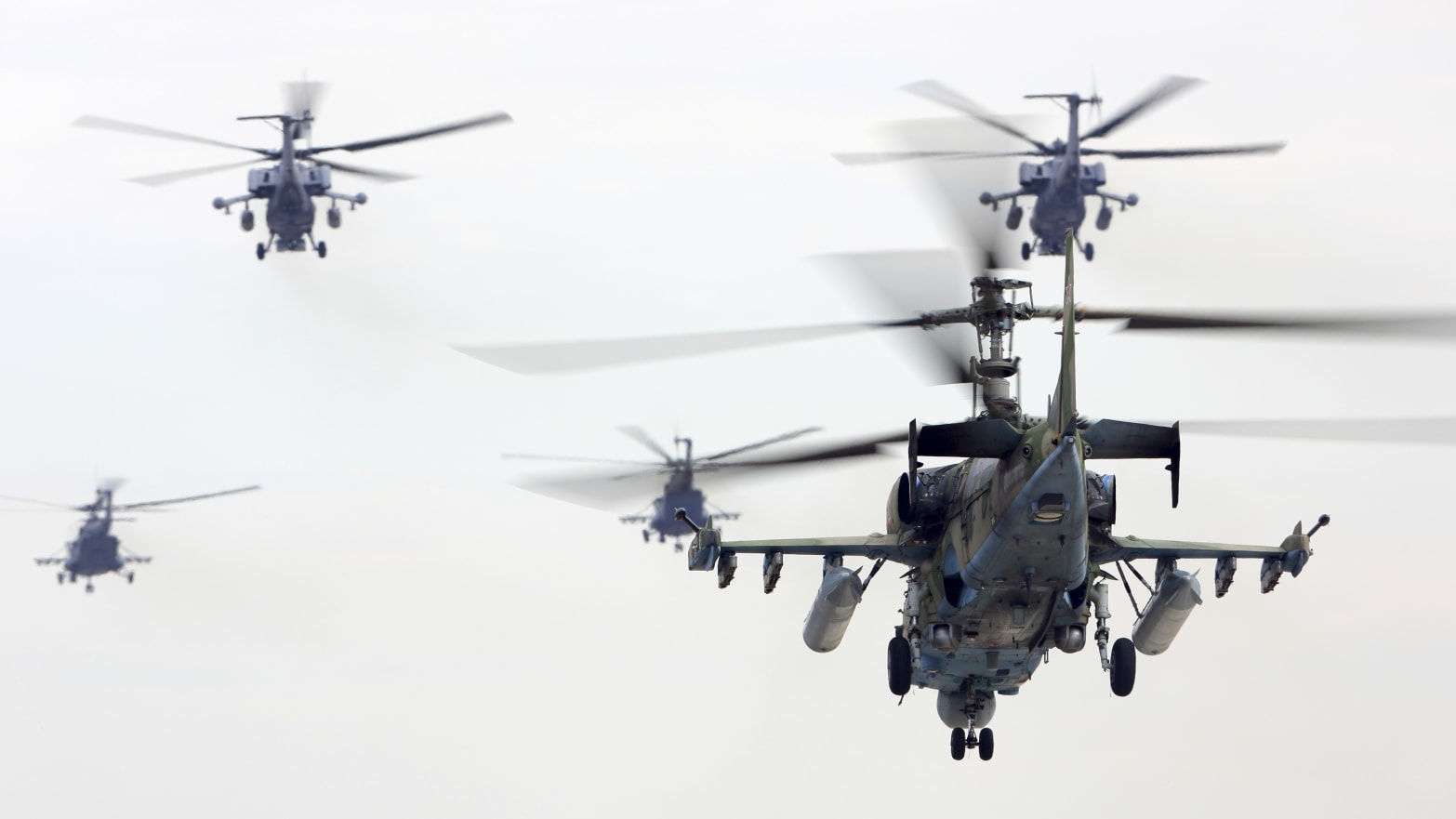
Wed, April 20, 2022,
By Devjyot Ghoshal
RAMBUKKANA, Sri Lanka (Reuters) - When K.D. Chaminda Lakshan was wheeled into the Kegalle Teaching Hospital in central Sri Lanka around 6 p.m. on Tuesday, the father of two was fighting for his life.
Hours earlier, the 41-year-old had been waiting outside a filling station in the nearby town of Rambukkana, when people angered by long queues for petrol clashed with police.
Lakshan was likely hit by live ammunition, which police said they used to scatter the demonstrators, and died later on Tuesday, the hospital's director Mihiri Priyangani told Reuters.
His was the first death during an unprecedented wave of unrest that has roiled Sri Lanka since last month, underlining the risk of more violence as the country faces its worst economic crisis since independence in 1948.
Thousands of people have taken to the streets in largely peaceful protests against President Gotabaya Rajapaksa's government, angered by shortages of essentials like medicine and fuel, lengthy power cuts and spiralling inflation.
Tourism has been decimated by the COVID-19 pandemic and soaring oil prices after Russia invaded Ukraine have added to Sri Lanka's financial woes.
In Rambukkana, a small town of low-rise buildings surrounded by forested hills in the centre of the country, residents recounted how some people had lined up at a fuel station overnight to get petrol, but on Tuesday morning there was none.
"The shortage is causing frustration," said Kausala Desilva, 39, who runs a small restaurant near the station. "We weren't informed about when supplies would come."
The crisis is gnawing at middle-class households as well as poorer families, some of them already reeling from the pandemic.
Indika Priyantha Kumara, who runs a baking business, said that prices of eggs, butter, flour and sugar had gone up in recent weeks, and cooking gas had become scarce.
"Life has never been so difficult," said Kumara, who had a large bandage on his forehead covering an injury he said he sustained during the protests. "We can't live with these shortages."
'REASONABLE FORCE'
In separate statements on Wednesday, President Rajapaksa and his elder brother, Prime Minister Mahinda Rajapaksa, said that Sri Lankan police would carry out an impartial investigation into the incident at Rambukkana.
Police have said that their actions, including initially firing tear gas, were justified because protesters were attempting to set alight a fuel tanker that they had blocked at the railway crossing.
"According to the police officers who participated in the operation... they state that they used reasonable force according to the law," police spokesman Ajith Rohana told reporters on Wednesday.
On Wednesday morning, Reuters reporters saw rocks, tear gas canisters and bullet cases strewn across the ground near the scene.
Locals in Rambukkana said the protest that blocked the crossing had gone on for several hours without any violence, until the police fired tear gas and the crowd retaliated.
"It was very peaceful," said Kumara, "We didn't damage anything."
Video footage taken by a resident near the railway crossing seen by Reuters shows what he said were people arguing with a group of police at around 4:30 p.m. (1100 GMT) on Tuesday. Reuters could not independently verify the images.
By around 6 p.m., the Kegalle Teaching Hospital had started receiving casualties from Rambukkana, including Lakshan and three others with suspected gunshot wounds who are still in intensive care.
Priyangani, the medical director, said some had been wounded in the abdomen.
Outside their family home where dozens had gathered on Wednesday afternoon, Lakshan's daughter quietly wept as she remembered her father, a small businessman.
"My father was a very good person who loved to help other people," said Piumi Upekshika Lakshani, 19. "He never bothered or troubled anyone."
(Additional reporting by Uditha Jayasinghe in Colombo; Editing by Mike Collett-White and Cynthia Osterman)
BHARATHA MALLAWARACHI and KRISHAN FRANCIS
Thu, April 21, 2022,
COLOMBO, Sri Lanka (AP) — An international human rights group urged Sri Lankan authorities to conduct a prompt and impartial probe into a police shooting that left one person dead and 13 others injured during protests over the country's worst economic crisis in decades.
New York-based Human Rights Watch asked the government to probe the “apparent use of excessive force by police” in the incident and “take appropriate steps against any wrongdoing.”
Patricia Grossman, the group’s associate Asia director, said the use of live ammunition by police against demonstrators “appears to be a flagrant misuse of lethal force.”
“People protesting government policies that affect their lives and livelihoods shouldn’t have to fear for their lives,” she said in a statement late Wednesday. “International law prohibits the use of lethal force by law enforcement officers unless there is an imminent threat to life.”
The group said Sri Lanka has a long history of failing to provide justice and redress to victims of human rights violations.
The statement came hours after President Gotabaya Rajapaksa pledged an impartial and transparent inquiry into the shooting, which was the first by security forces during weeks of protests and reignited widespread demonstrations across the Indian Ocean island nation.
The shooting occurred in Rambukkana, 90 kilometers (55 miles) northeast of the capital, Colombo. Police said the demonstrators were blocking railway tracks and roads and ignored police warnings to disperse. Police also said protesters threw rocks at them.
The calls for an investigation came as Parliament on Thursday observed a minute of silence in memory of more than 260 people killed in 2019 in Islamic State group-inspired suicide bomb attacks on churches and tourist hotels.
Archbishop of Colombo Cardinal Malcolm Ranjith, at a multi-religious memorial service in Colombo, reiterated his criticism of what he called the government's lack of interest in uncovering those whose alleged inaction contributed to the attacks.
Ranjith has urged authorities to investigate possible links between the attackers and some members of the state intelligence service after reports that they knew at least one of the attackers and had met with him.
Protesters who have camped outside the office of Sri Lanka’s president for 13 days demanding his resignation also offered alms to Buddhist and Christian clergy in memory of the dead.
Much of the anger expressed in weeks of growing protests has been directed at Rajapaksa and his elder brother, Prime Minister Mahinda Rajapaksa, who head an influential clan that has been in power for most of the past two decades. Five other family members are lawmakers, three of whom resigned as Cabinet ministers two weeks ago.
Sri Lanka is on the brink of bankruptcy, with nearly $7 billion of its total $25 billion in foreign debt due for repayment this year. A severe shortage of foreign exchange means the country lacks money to buy imported goods.
Sri Lankans have endured months of shortages of essentials such as food, cooking gas, fuel and medicine, lining up for hours to buy the limited stocks available. Fuel prices have risen several times in recent months, resulting in sharp increases in transport costs and prices of other goods. There was another round of increases earlier this week.
The government has announced it is suspending repayment of foreign loans pending talks with the International Monetary Fund on a rescue plan.
China has pledged about $31 million in emergency aid, including 5,000 tons of rice, medicine and raw materials, Sri Lanka's Foreign Ministry said Thursday.
The ministry announced the aid after Foreign Minister Gamini Peiris met with Chinese Ambassador to Sri Lanka Qi Zhenhong. Qi earlier said China is mulling a request for $2.5 billion in economic assistance including a credit line to buy essentials and a loan.
The debt crisis is partly blamed on projects built with Chinese loans that have not made money.






